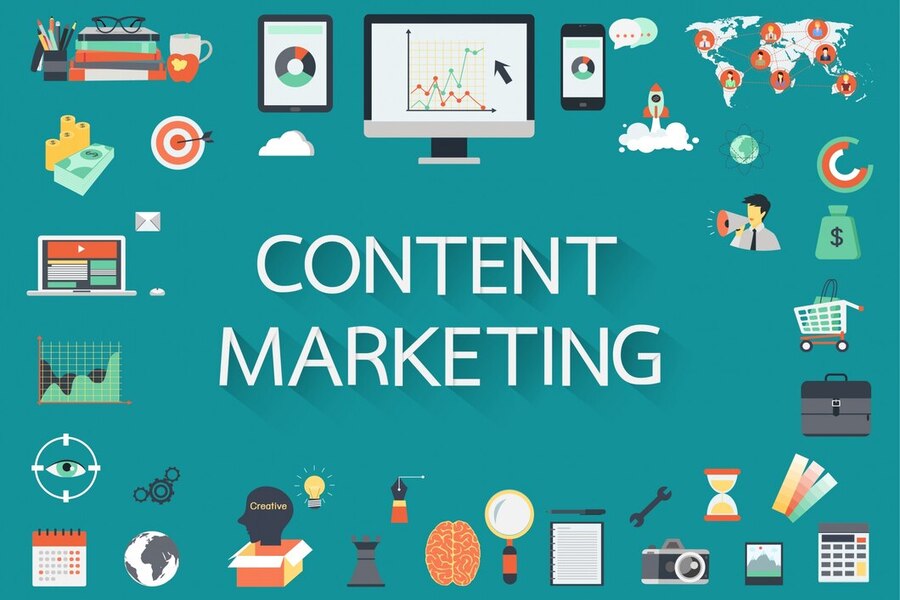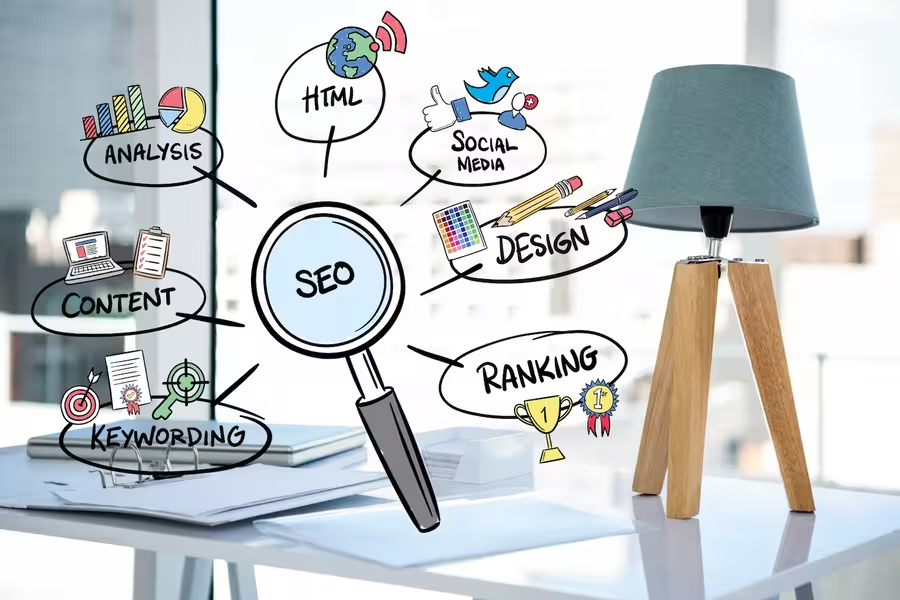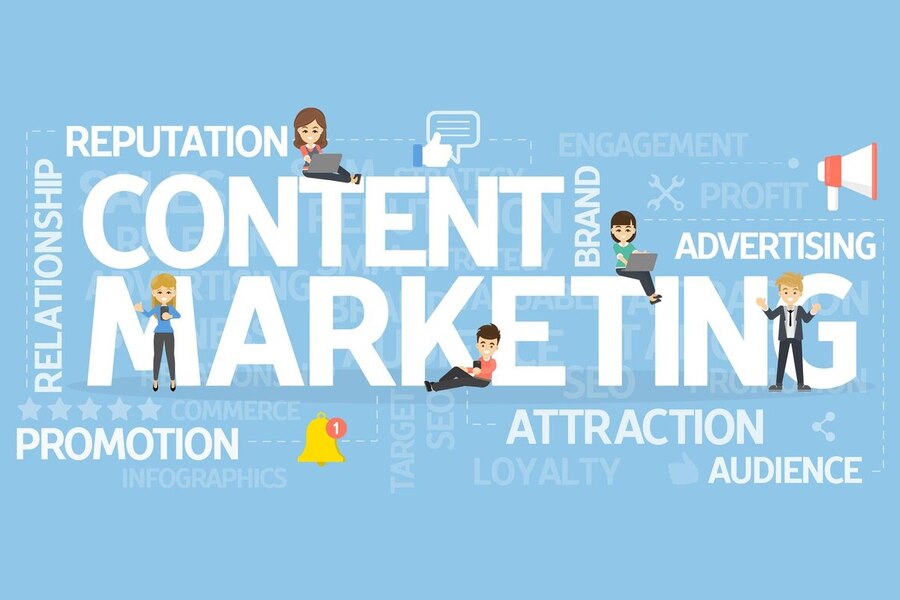
Microsoft has introduced a powerful new feature that promises to transform the way advertisers manage their campaigns: Multi-Format Campaigns for Audience Ads. This feature, inspired by the success of Performance Max campaigns, enables businesses to run native, display, and video ads within a single, unified campaign. Advertisers no longer need to manage separate campaigns for each ad format, making it easier to streamline their efforts, optimize budgets, and reach a wider audience. This update reflects Microsoft’s commitment to simplifying campaign management while maximizing efficiency and results, particularly for businesses with smaller advertising budgets.
For years, advertisers have had to juggle multiple campaigns when targeting their audiences with different ad formats. Running separate campaigns for native ads, display ads, and video ads often meant more time spent on administrative tasks, less cohesive messaging, and difficulty tracking performance across campaigns. Microsoft’s new Multi-Format Campaigns feature addresses these pain points by consolidating multiple ad formats into one seamless campaign.
One of the primary advantages of this new campaign structure is the simplified management process. Previously, businesses had to set up multiple campaigns—one for native ads, another for display ads, and a third for video ads—each with its budget, bidding strategy, and performance metrics. With Multi-Format Campaigns, all of these ad formats can now be managed under a single campaign, reducing administrative overhead and streamlining optimization efforts.
This consolidation also benefits advertisers in terms of budget management. Previously, advertisers had to allocate separate budgets to each campaign, making it difficult to track and adjust spending across various formats. Now, with Multi-Format Campaigns, advertisers can set one budget for the entire campaign, allowing for more efficient use of resources. Microsoft’s platform will automatically allocate the budget across the different ad formats based on performance, helping businesses make the most of their ad spend.
The flexibility of the new feature is another key benefit. While the default setup is a single campaign encompassing all formats, Microsoft Ads continues to offer the option for advertisers to create separate campaigns if they prefer. This flexibility ensures that advertisers can choose the approach that works best for their specific goals and marketing strategies. Whether you choose to consolidate your efforts or manage each format individually, Multi-Format Campaigns gives you the freedom to adapt your approach as needed.
Setting up a Multi-Format Campaign is straightforward. To get started, advertisers must choose one of three campaign objectives: driving conversions, generating leads, or building brand awareness. Once the objective is selected, they can then choose which ad formats to include in the campaign. You can opt for one format or all three—native, display, and video—depending on the assets available and the goals of the campaign. After creating the first ad format, advertisers simply scroll down to the bottom of the setup page and either select “continue” or “save and create another ad” to add additional formats within the same campaign.
Once all the ad formats are created, advertisers will proceed with the rest of the standard campaign setup process, including defining target audiences, setting locations, adjusting bidding strategies, and choosing ad group settings. This simple process means that even businesses with limited experience in campaign management can efficiently create and optimize their ad campaigns without the complexities of handling multiple ad formats in separate campaigns.
One of the major advantages of Multi-Format Campaigns is its accessibility for advertisers with smaller budgets. Previously, running separate campaigns for each ad format would have required significant resources, which many businesses could not afford. The ability to manage all ad formats in one campaign means that companies with smaller marketing budgets can still run effective campaigns and reach their target audiences across multiple channels without overburdening their resources. This makes Multi-Format Campaigns an invaluable tool for businesses that want to maximize their impact without stretching their budgets too thin.
The ability to deliver cohesive messaging across multiple platforms is another key benefit of Multi-Format Campaigns. By managing all ad formats in one campaign, advertisers can ensure their messaging remains consistent, no matter where their audience encounters it. Whether a potential customer is viewing a native ad, watching a video ad, or interacting with a display ad, consistent messaging strengthens brand identity and improves the overall customer experience. This consistency across channels leads to higher engagement and a more effective campaign overall.
Moreover, Multi-Format Campaigns enable advertisers to reach a broader audience by combining the strengths of different ad formats. Native ads can blend seamlessly into content, display ads can capture attention with eye-catching visuals, and video ads can create immersive, engaging experiences. By utilizing all three formats, advertisers can tap into the strengths of each and ensure their content reaches audiences in various contexts and at different points in their journey.
Microsoft’s introduction of Multi-Format Campaigns also reflects the growing trend toward efficiency in digital advertising. As businesses face increased pressure to get the most out of their advertising spend, tools that streamline the campaign process and maximize impact are becoming more valuable. Multi-format campaigns offer an efficient solution to this challenge, allowing businesses to consolidate their efforts and optimize performance without sacrificing results.
As we move into 2025, the potential of Multi-Format Campaigns for Audience Ads becomes even more apparent. Whether businesses are focused on driving conversions, generating leads, or building brand awareness, this feature offers a flexible, cost-effective way to reach their target audiences and achieve their marketing goals. The ability to consolidate ad formats under one campaign not only makes campaign management easier but also helps businesses create more cohesive, impactful campaigns that resonate with their audience.
For advertisers looking to stay ahead of the competition in 2025, embracing Multi-Format Campaigns is a step in the right direction. This innovative solution offers a powerful way to manage ad formats, optimize budgets, and deliver cohesive messaging that drives results. As the digital advertising landscape continues to evolve, Microsoft Ads’ new feature is set to play a pivotal role in helping businesses achieve success more efficiently and effectively. Will you be leveraging this game-changing feature in the coming year?
Jessica Jones
Jessica Jones is a talented writer at J Morgan Marketing, where she excels in creating compelling and engaging content tailored to meet the unique needs of clients. With a keen understanding of digital marketing strategies, Jessica crafts narratives that not only captivate audiences but also drive brand growth. Her expertise spans across various content forms, from blog posts and articles to social media and SEO-driven copy, ensuring that every piece resonates with its intended audience and contributes to the overall marketing goals. Passionate about storytelling and innovation, Jessica is dedicated to helping brands connect with their audience through powerful and effective content.






